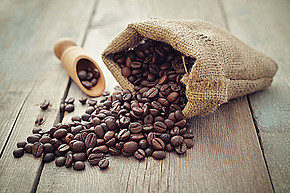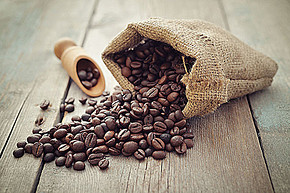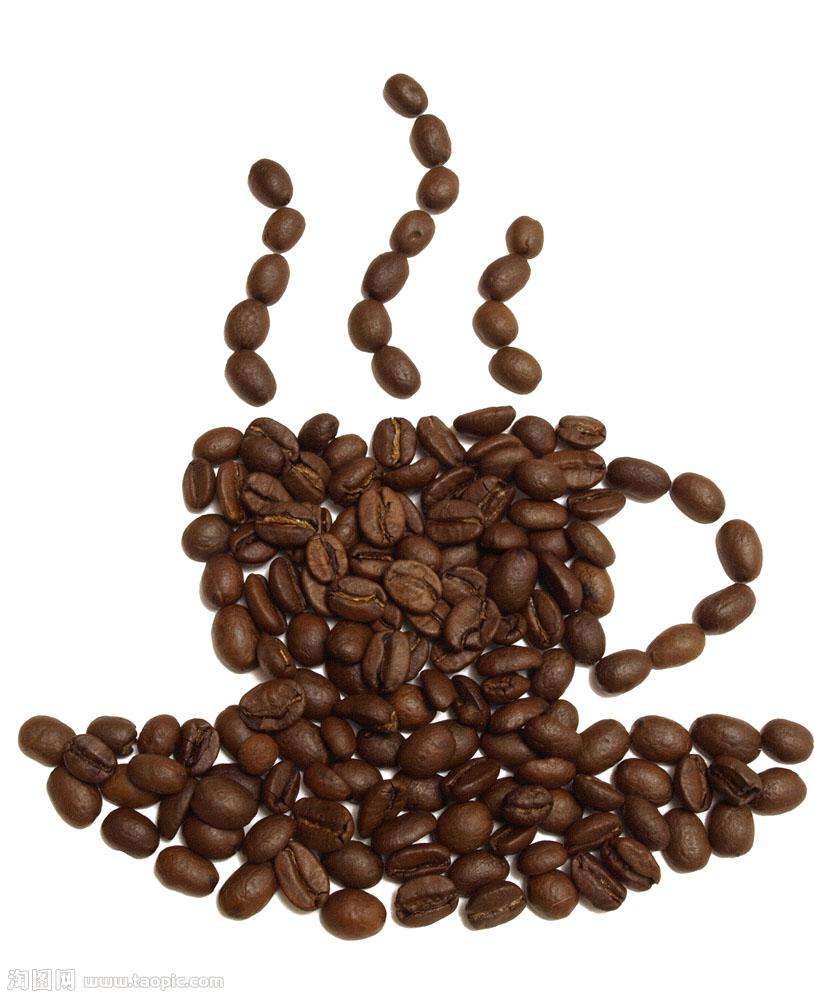What on earth are 90 + coffee beans?
Excellent quality
Joseph Brodsky, the founder of Ninety +, discovered early that all the world's high-quality raw coffee beans originated in Ethiopia, and its different flavors of many different varieties are no less than 10, 000 grapes into 1 million different wines. Ninety percent of the raw beans come from the original varieties of Ethiopia, including Gesha of Panama Manor, which is also the original variety of Ethiopian heirloom (Heirloom). The processing process is the specialty of 90 +, will separate these coffee according to variety, microclimate, fresh time one by one, taste one by one, specially design the processing method for each taste, achieve a kind of taste characteristic, just like the big brand design, study attentively, spend painstaking efforts to complete a handicraft that is close to art. Natural products go through a lot of refinement and improvement, and finally reach the most beautiful posture to present the content to everyone.
Now many stores are after Ninety Plus (90 +) coffee, but what exactly is Ninety Plus (90 +) coffee, how to choose, how to buy, when you buy 90 + coffee, how to taste, how to introduce to others, the following is a brief introduction of 90 + coffee, to help you better choose good coffee
.

Joseph Brodsky founded Ninety Plus (90 +) in 2006, and Joseph began his journey when the Geisha species appeared in Panama in 2003 and 2004, but when he didn't find the result he expected in Panama, he had another idea. Perhaps there are still some of Ethiopia's more than 10, 000 coffee varieties that have not yet been discovered. In order to ensure quality, 90+ adopts a cooperative model with local manors, from planting, sampling and harvesting to subsequent processing and cup testing. 90 + exclusive Profile Processing ensures that each coffee bean has a unique and stable flavor trend and quality, while 90 + coffee is unique in the market like fine red wine.
The nomenclature of 90 + beans is completely different from that of the usual boutique beans. First of all, unlike the usual names of producing areas and manors, each bean is named according to its flavor, for example, the famous Nekisse is originally intended to be taken from Shakisso's nectar. The name of 90 + usually starts with the concept of flavor, then the name, and then the choice of producing areas and cooperative farms. It is very different from the general at this point, it is a brand with boutique management style.
So what on earth are 90 + coffee beans?
Just as Dev can only be called chocolate-flavored candy, instant coffee can only be called coffee-flavored soft drinks. 90 + coffee beans are the symbol of the best honor in the coffee industry.
"90 +" does not refer to all coffee with a rating of more than 90, it refers to a top range of 13 flavors. Sometimes they haunt different estates, and they have different taste characteristics. When processing, baristas will separate these coffees according to variety, microclimate and fresh time, and taste them one by one. They are like works of art that tend to be perfect. Baristas take great pains to make them taste the best and present them in the most perfect posture.
The pursuit of "90 +" for the ultimate flavor is very admirable, and their sustainable development model and environmental protection operation are also the learning goals of many coffee producers. Since the company was founded in 2006, the young company has made them known to coffee industry people all over the world in just a few years. The coffee series that made its debut in 2007 was immediately regarded as a precious show by coffee experts.
It is not difficult to find that usually beans have the letters N, H or W, such as Ethiopian Yiagacheffe G3 N, which is commonly seen in the market, where N stands for Natural. H = Honey (honey treatment) and W = Washed (washing). Here, 90 + also has a different view, they think that rather than using the method of treatment to distinguish beans, it should be distinguished by the trend of flavor. Generally speaking, each treatment of beans will have a more representative flavor, such as:
Insolation: unrestrained fruit aroma
Honey treatment:: the sweetness is outstanding.
Washing: the flavor is relatively clean
However, 90+ believes that sometimes there will be the same flavor trend under different treatments, for example, the flavor performance of beans in honey may be similar to that of washed beans, so their family has introduced three basic flavor labels of N2, H2 and W2, and the flavor is distinguished by the intensity of fruit aroma and taste:
W2: (Low) low fruit tonality, emphasizing brightness, acidity and floral aroma
H2: (Moderate) moderate fruit tonality, emphasizing sweetness, fruit taste (non-aroma) and tea flavor
N2: (High) strong fruit tonality, emphasizing unrestrained flavor, sweet and sour, jam and dried fruit.
In 2011, in order to improve the stability of raw beans produced in Panama during the drying stage, Joseph developed a solar drying system inspired by a wood drying chamber with the University of Wisconsin in the United States, and named this exclusive treatment as Solkiln ™(SK). Of course, the beans after this special treatment are very expensive, and because there is very little room for production.
Finally, 90 + beans also have a scoring system different from the general 100 points, mainly that 90 + beans should exceed 90 points in the cup test, and their grades are based on three factors: flavor, cost and output:
Level 7: special flavor, meticulous and impressive
Level 12: besides being impressive, it needs to be topical.
Level 21: a rare Level 7 with a flavor that usually surpasses that of Level 7.
Level 39: Level 12 with low yield has a higher flavor than Level 12.
Level 95: at present, the highest grade, from dried incense to the entrance, has a great change and impressive, and the output is very rare.
The discovery and development of good coffee is certainly what everyone wants to see, but very often, when high-quality products become industrialization, the decline in quality is inevitable. I still hope that everyone will choose rationally and not blindly pursue the brand. The most important thing is to choose a good coffee that suits you, and the quality is the most important.
Important Notice :
前街咖啡 FrontStreet Coffee has moved to new addredd:
FrontStreet Coffee Address: 315,Donghua East Road,GuangZhou
Tel:020 38364473
- Prev

The main grading of Hawaiian coffee beans
Follow the caf é (Wechat official account vdailycom) and found that the Hawaiian coffee beans are mainly classified as Extra Fancy-Fancy-Number 1-Selected-the names above Prime are graded according to the size and number of broken beans, in which Type 1 means flat beans and Type 2 means round beans.
- Next

90 + Honey Kiss N2 L12 of Fine Coffee beans
Following caf é comments (Wechat official account vdailycom) found that Beautiful Cafe opened a small shop of its own 90 + Honeykiss N2 L12 Ninety Plus 90 + Nekisse N2 L12 Origin: Ethiopia: Wellega and Sidama regions varieties: Heirloom producers / companies: United States 90 + altitude: 1200 Mustang 1700m rainfall: 1500mm/ annual average
Related
- Detailed explanation of Jadeite planting Land in Panamanian Jadeite Manor introduction to the grading system of Jadeite competitive bidding, Red bid, Green bid and Rose Summer
- Story of Coffee planting in Brenka region of Costa Rica Stonehenge Manor anaerobic heavy honey treatment of flavor mouth
- What's on the barrel of Blue Mountain Coffee beans?
- Can American coffee also pull flowers? How to use hot American style to pull out a good-looking pattern?
- Can you make a cold extract with coffee beans? What is the right proportion for cold-extracted coffee formula?
- Indonesian PWN Gold Mandrine Coffee Origin Features Flavor How to Chong? Mandolin coffee is American.
- A brief introduction to the flavor characteristics of Brazilian yellow bourbon coffee beans
- What is the effect of different water quality on the flavor of cold-extracted coffee? What kind of water is best for brewing coffee?
- Why do you think of Rose Summer whenever you mention Panamanian coffee?
- Introduction to the characteristics of authentic blue mountain coffee bean producing areas? What is the CIB Coffee Authority in Jamaica?

